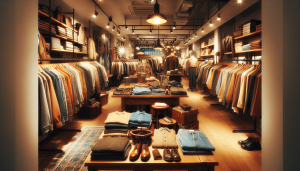In today’s world, it’s more important than ever that we make conscious decisions about our lifestyle, including what we wear. “How Can I Build An Eco-friendly Wardrobe?” offers practical advice on how we can transform our closets into a more sustainable space. Together, we’ll explore how to choose eco-friendly fabrics, support ethical brands, and even repurpose what we already own. By adopting these practices, we’ll not only look good but also feel great about minimizing our fashion footprint on the planet. Let’s take this step toward a greener, more stylish future! Have you ever wondered how we can build an eco-friendly wardrobe? It’s a question many of us are asking as we become more aware of our environmental impact. The good news is, it’s not only possible but also quite rewarding. We’re here to guide you through every step of this journey. Let’s dive into the world of sustainable fashion together!
Understanding the Importance of an Eco-friendly Wardrobe
Before we dive into the how-to, let’s talk about the why. Creating an eco-friendly wardrobe isn’t just a trend; it’s a lifestyle choice that significantly impacts our planet. Traditional fashion has many hidden costs—pollution, waste, and poor labor practices, to name a few. By choosing sustainability, we reduce our carbon footprint, support ethical labor practices, and often find joy in owning fewer, more meaningful pieces.
Environmental Impact
The fashion industry is one of the biggest polluters in the world. The sheer volume of waste, water usage, and chemical runoff from clothing production is staggering. By choosing eco-friendly options, we can play a part in reducing these detrimental effects.
Ethical Considerations
Fast fashion often exploits workers, paying unfair wages and subjecting them to unsafe working conditions. Supporting brands that prioritize fair labor practices helps ensure that workers are treated with dignity and respect.
Quality Over Quantity
An eco-friendly wardrobe encourages us to prioritize quality over quantity. High-quality, sustainable pieces last longer and often bring more satisfaction than mass-produced items. This shift not only benefits the environment but also our personal style and wallets.
Assessing Your Current Wardrobe
Before we add new pieces to our wardrobe, it’s essential to evaluate what we already have. This step is crucial for making informed decisions and avoiding unnecessary purchases.
Inventory Check
Take a thorough inventory of your current clothes. Lay everything out and group items into categories like tops, bottoms, dresses, and outerwear. This helps us see exactly what we have and what’s missing.
Evaluate Usage
Reflect on how often you wear each item. This assessment will reveal which pieces truly serve us and which ones could be let go of. Consider donating or recycling items that no longer fit or aren’t worn frequently.
Identify Gaps
With our current inventory in mind, identify the gaps in our wardrobe. What essential items are missing? Knowing exactly what we need helps us make more deliberate, eco-friendly choices during our next shopping trip.
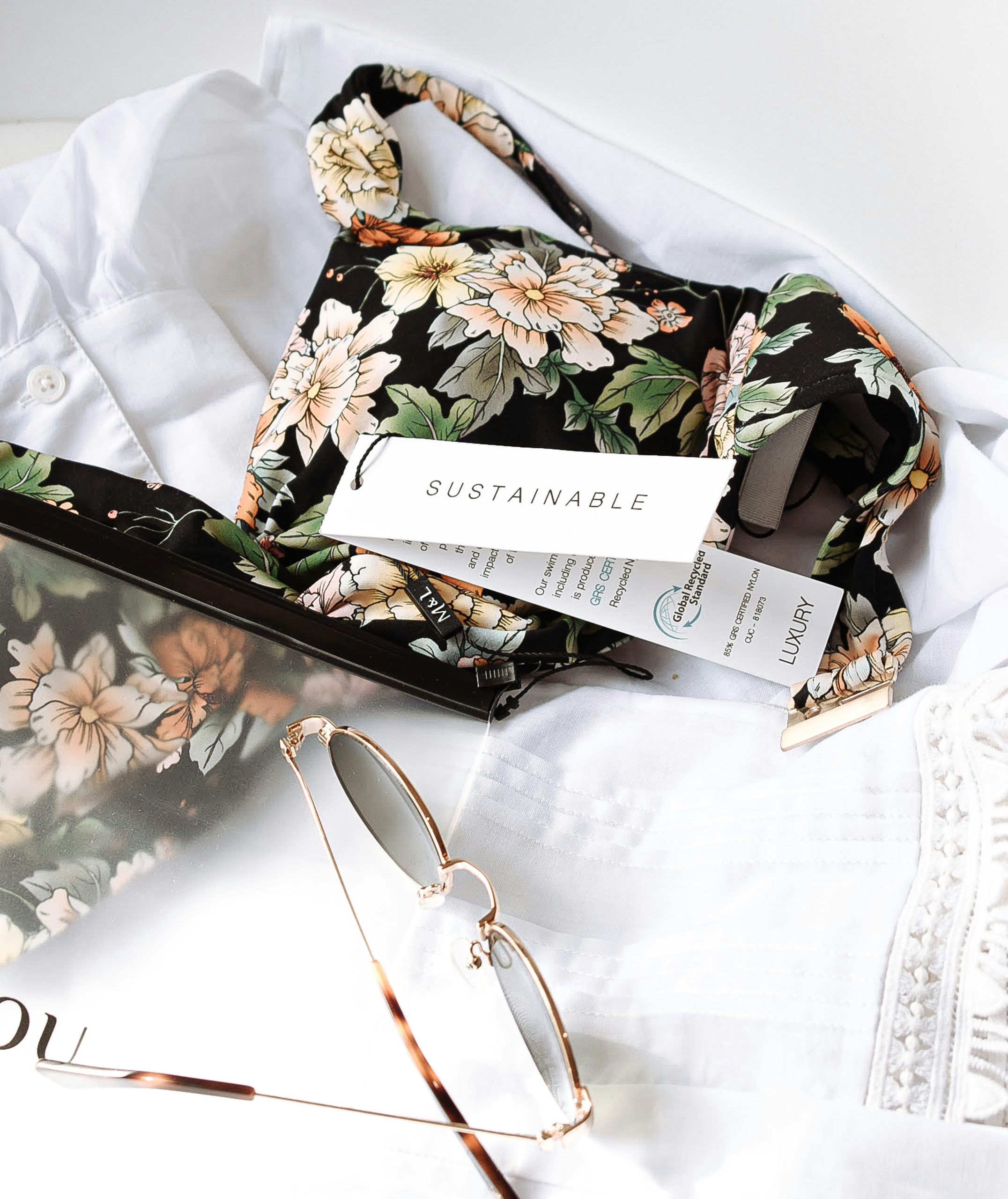
Choosing Sustainable Fabrics
The types of fabrics we choose play a significant role in building an eco-friendly wardrobe. Let’s explore some sustainable fabrics and their benefits.
Organic Cotton
Unlike conventional cotton, organic cotton is grown without harmful pesticides and fertilizers. It’s often softer and more durable, making it a great choice for everyday wear.
Bamboo
Bamboo is a rapidly renewable resource that requires minimal water and pesticides. Bamboo fabric is naturally antibacterial, moisture-wicking, and incredibly soft—perfect for everything from loungewear to activewear.
Hemp
Hemp is one of the strongest and most durable natural fibers. It’s grown with little to no pesticides and produces high yields per acre. Hemp fabric is breathable, biodegradable, and gets softer with each wash.
Tencel (Lyocell)
Tencel is made from sustainably harvested wood pulp, primarily from eucalyptus trees. The production process for Tencel is environmentally friendly, using less water and non-toxic solvents. Tencel fabrics are comfortable, breathable, and biodegradable.
Recycled Materials
Choosing fabrics like recycled polyester helps reduce waste and the need for new raw materials. These fabrics are often made from recycled plastic bottles, turning waste into wearable treasures.
Prioritizing Ethical Brands
Now that we know what materials to look for, let’s discuss where to find them. Supporting ethical brands is crucial in our journey to build an eco-friendly wardrobe.
Research and Transparency
Look for brands that are transparent about their practices. A truly ethical brand will share information about their sourcing, labor practices, and environmental impact. Websites, social media pages, and sustainability reports are good places to start.
Certifications to Look For
Several certifications help us identify truly sustainable and ethical brands. Here are some key ones:
| Certification | Description |
|---|---|
| Fair Trade | Ensures fair wages and safe working conditions for workers |
| GOTS (Global Organic Textile Standard) | Guarantees organic status and social criteria |
| OEKO-TEX Standard 100 | Tests for harmful substances in textiles |
| B Corporation | Assesses a company’s overall social and environmental performance |
Small and Local Brands
Don’t overlook small and local brands. These companies often prioritize sustainability and ethical practices, plus you’ll be supporting local economies. We can often find unique, handcrafted pieces that add a special touch to our wardrobe.
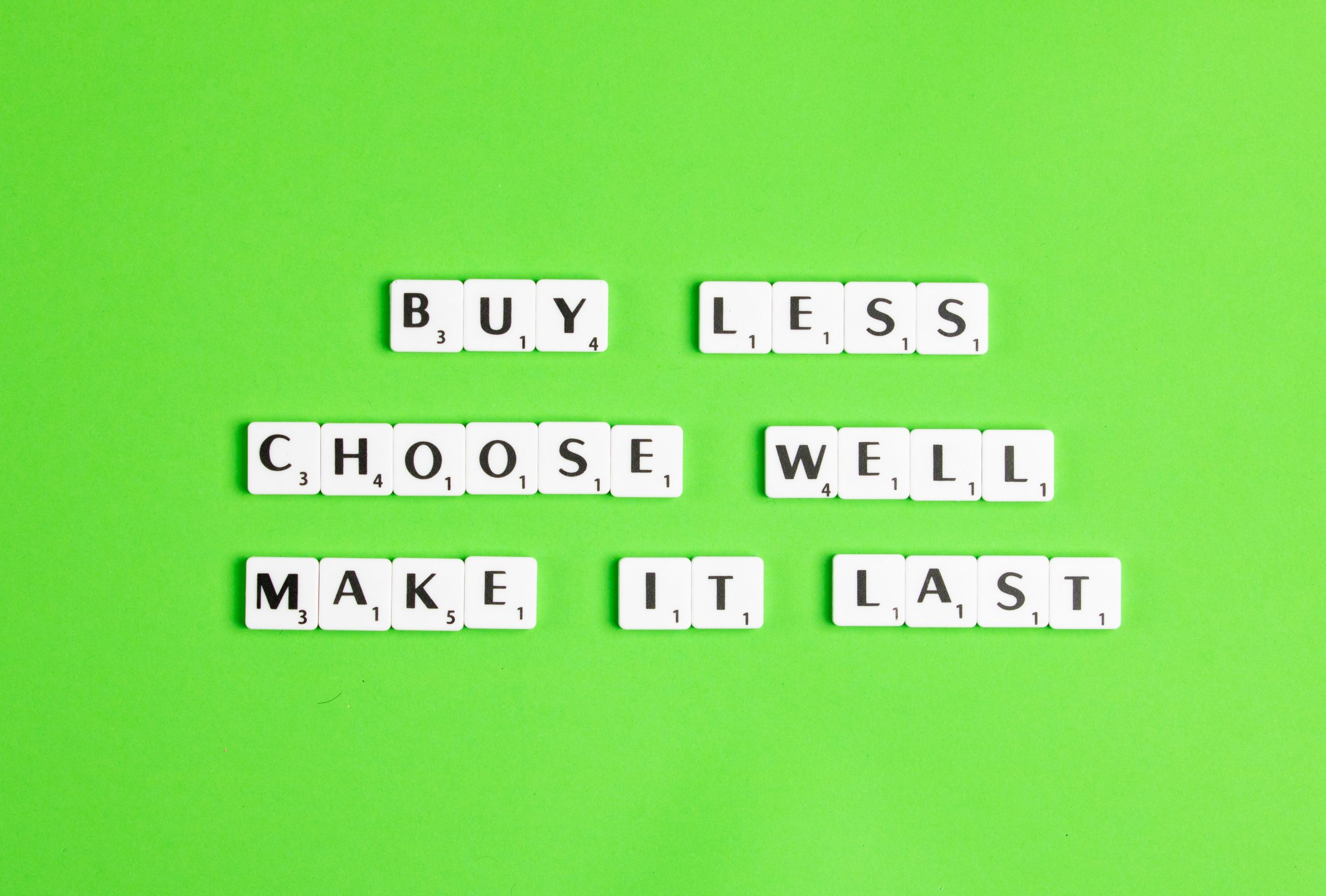
Embracing Minimalism
An eco-friendly wardrobe doesn’t mean having a vast collection of clothes; instead, it’s about having fewer, but more versatile and cherished items.
Capsule Wardrobe
A capsule wardrobe consists of a small number of timeless pieces that can be mixed and matched to create various outfits. Typically, it includes foundational items like jeans, neutral tops, a blazer, and a few statement pieces. This approach reduces the need for constant shopping and clutter.
Quality Over Quantity
Investing in high-quality pieces that last longer reduces waste and often saves money in the long run. Look for well-made items with sturdy stitching, quality fabrics, and classic designs that won’t go out of style.
Second-hand and Vintage Shopping
Second-hand and vintage shopping are fantastic ways to build an eco-friendly wardrobe. These options help reduce waste and often bring unique, high-quality pieces into our collection.
Benefits of Second-hand Shopping
Shopping second-hand extends the life of clothing and keeps items out of landfills. It’s also a cost-effective way to find high-quality and sometimes brand-new items at a fraction of the original price.
Tips for Successful Thrift Shopping
- Know What You Need: Go in with a list to stay focused and avoid impulse buys.
- Check Quality: Inspect items for any damage, stains, or signs of wear. Look for durable fabrics and sturdy stitching.
- Be Open-minded: Sometimes, the best finds are the unexpected ones. Be willing to try on different styles and sizes.
Vintage Shopping
Vintage shopping is another excellent way to find unique, long-lasting pieces. Vintage stores often curate high-quality garments from past decades, offering a throwback to timeless fashion trends.
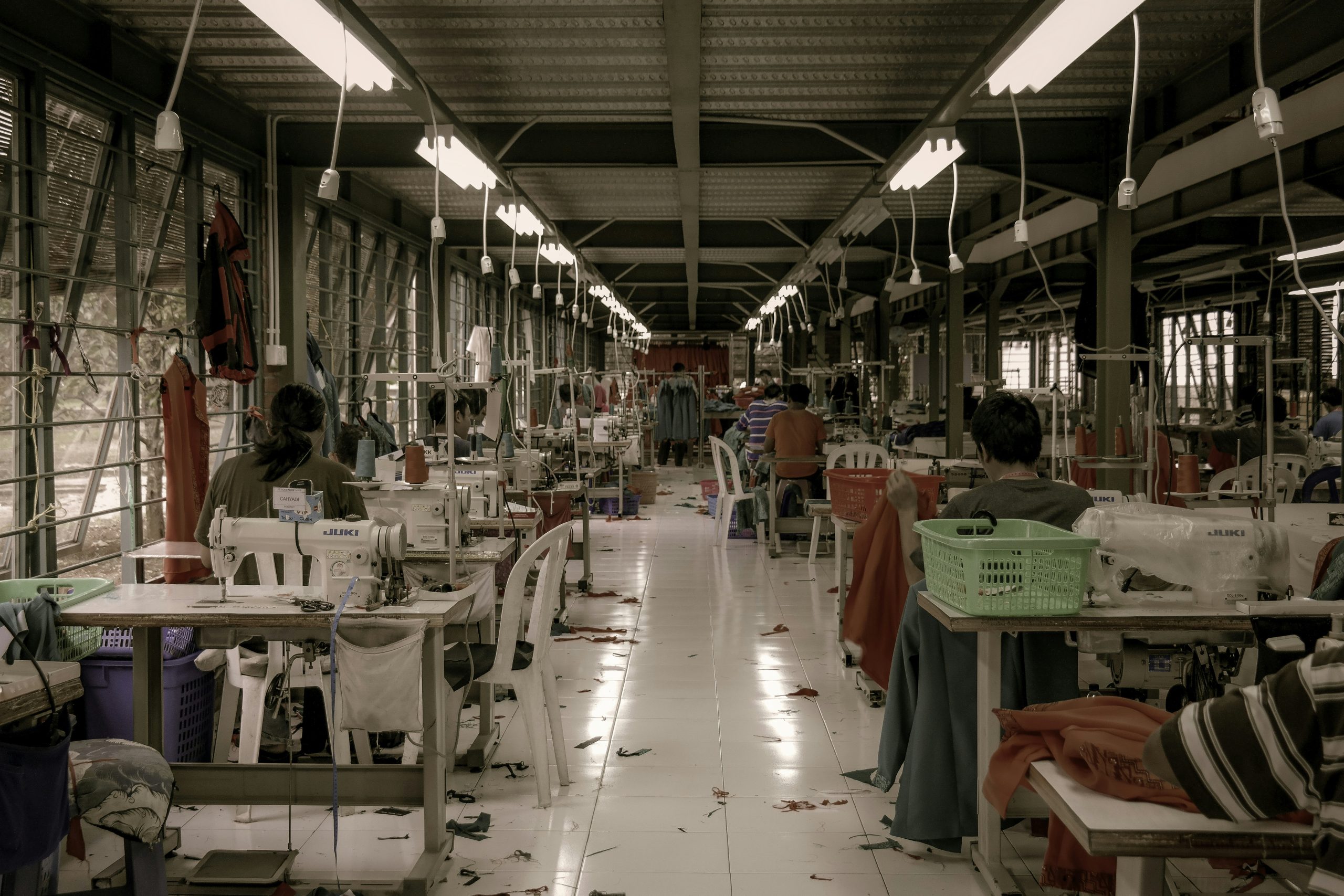
Caring for Your Clothes
Proper care extends the life of our garments, reducing the need for replacements and further supporting our eco-friendly wardrobe goals.
Washing Tips
- Wash Less Frequently: Washing clothes too often wears them out faster. Spot clean when possible and air clothes out between wears.
- Use Cold Water: Washing in cold water saves energy and is gentler on fabrics.
- Eco-friendly Detergents: Choose biodegradable, plant-based detergents free from harsh chemicals.
Drying and Storing
- Air Dry: Air drying is gentler on clothes and saves energy compared to using a tumble dryer.
- Proper Storage: Store clothes in a cool, dry place. Avoid overcrowding your closet, which can cause wrinkles and make items harder to find.
Repair and Upcycle
Instead of discarding damaged items, consider repairing or upcycling them. Sewing on buttons, fixing hems, and patching holes are simple ways to extend the life of our garments. Upcycling offers a creative outlet to transform old pieces into something new and unique.
Eco-friendly Accessories
Let’s not forget about accessories when building our eco-friendly wardrobe. Bags, shoes, jewelry, and other accessories should also align with our sustainability goals.
Sustainable Bags
Look for bags made from sustainable materials like organic cotton, recycled polyester, or vegetable-tanned leather. Brands that use traditional crafting techniques often produce high-quality, durable items.
Ethical Shoes
Shoes can be tricky, but many brands now offer sustainable options. Look for shoes made from natural or recycled materials, and ensure the brand prioritizes ethical labor practices.
Eco-friendly Jewelry
Opt for jewelry made from recycled or ethically sourced materials. Many artisans create beautiful pieces using recycled metals, conflict-free stones, and sustainable wood.
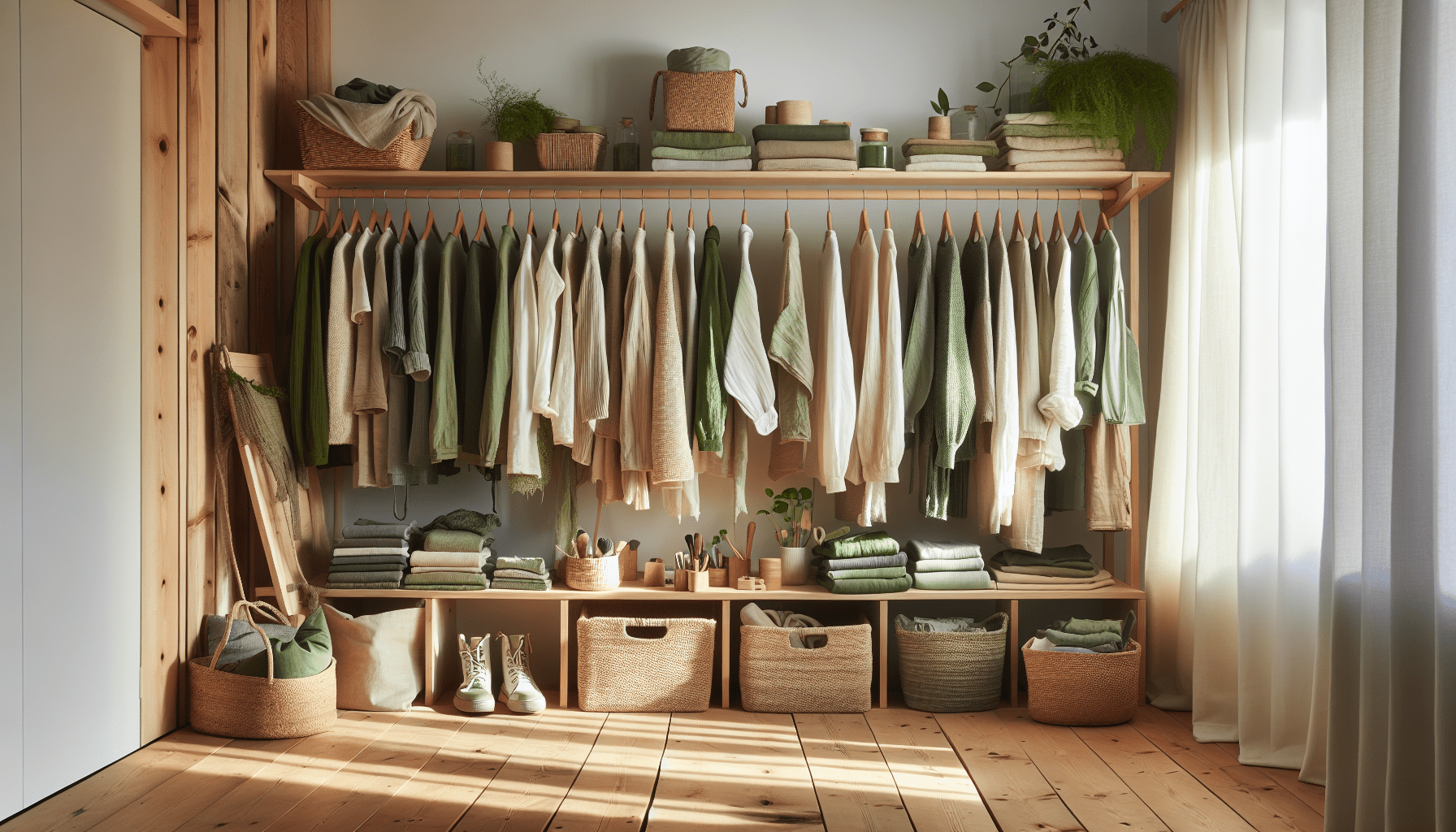
Sustainable Shopping Habits
Changing our shopping habits is essential for maintaining an eco-friendly wardrobe. Here are some tips to keep us on the right track.
Mindful Shopping
Adopt a mindful shopping mindset. Before making a purchase, ask ourselves:
- Do I need this item?
- Can I wear it multiple ways?
- Does it complement my existing wardrobe?
- Is it made sustainably and ethically?
Avoiding Fast Fashion
Fast fashion might be tempting with its low prices and ever-changing styles, but it’s usually synonymous with poor quality, unethical practices, and environmental harm. Prioritize brands that offer sustainable and ethical collections.
Educate and Advocate
Stay informed about sustainable fashion and share our knowledge with others. The more people that join this movement, the greater the positive impact on our planet.
Conclusion: Enjoying the Journey
Building an eco-friendly wardrobe is a rewarding journey that aligns our style with our values. As we make more informed decisions about our clothing, we contribute to a healthier planet, support fair labor practices, and often find more joy in the items we own.
Remember, it’s not about perfection but progress. Every step we take towards a sustainable wardrobe makes a difference. Let’s embrace this change together and enjoy the journey towards a more eco-friendly and stylish future.

